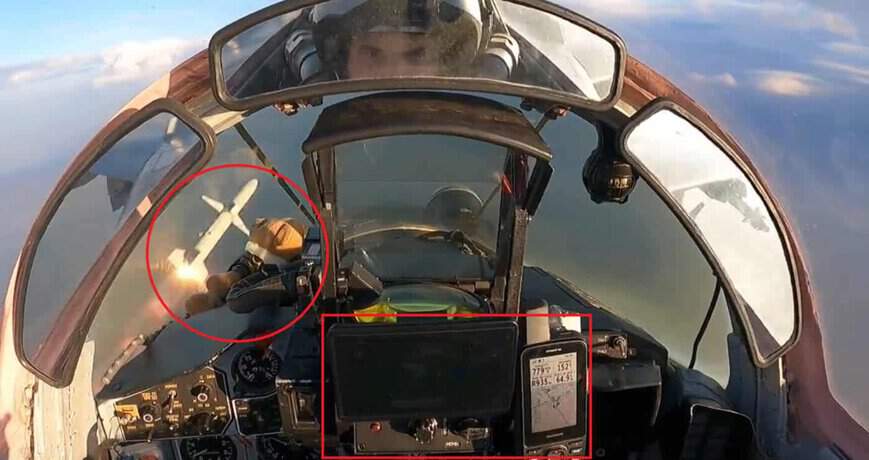About 23 days after pieces of the US AGM-88 HARM anti-radar missile were found in Ukraine, images showing the use of this weapon were released by the Ukrainian Air Force (UAF) on Tuesday (30). The missiles were integrated into the MiG-29 Fulcrum fighters.
The video was recorded by a Ukrainian fighter pilot, simply called 'Ivan', as a tribute to a fellow aviator, Major Yevgen Lysenko, who died in air combat against Russia on 09/03. The images were shared by the UAF and show, for the first time, US missiles being used from fighters of Russian origin.
One of the 🇺🇦 pilots has made footage of the MiG-29 fighter jets combat operations.
🇺🇦 pilot Ivan dedicates this video to Major Yevhen Lysenko, his fallen brother in arms, who heroically died in an aerial fight against the 🇷🇺 invaders on March 9. pic.twitter.com/eUVYIAboDr
—Ukrainian Air Force (@KpsZSU) August 30
The first images of the wreckage of the AGM-88 in Ukraine appeared on 07/08, through Russian channels on the Telegram messaging application.
One of the photos highlights the BSU-60A/B stencil on one of the fragments. This is the name of the fins used to stabilize and maneuver the AGM-88 HARM (High speed Anti-Radation Missile) missile. The wreckage would have been found in a Russian position.
Russian channels have posted images of what appear to be the remains of an AGM-88 HARM antiradiation missile. A fragment of the HARM's BSU-60A/B stabilization fin can be seen in the wreckage.
The missile was reportedly fired at a Russian position. pic.twitter.com/GCNA55CJdj
- OSINTtechnical (@Osinttechnical) August 7
Two days later Washington confirmed that it had donated anti-radar missiles to the Ukrainians, but without specifying the model. Subsequently, the Pentagon finally claimed that the AGM-88 missiles were passed on to the Ukrainians and even integrated into MiG-29 fighters.
This last part is what stands out the most. Despite having already occurred in the past in countries such as Iran, Finland e South Africa, for example, the integration between western and eastern weapons and aircraft is uncommon and rarely happens. For this reason, the use of anti-radar AGM-88s from the MiG-29 raises several unanswered questions.
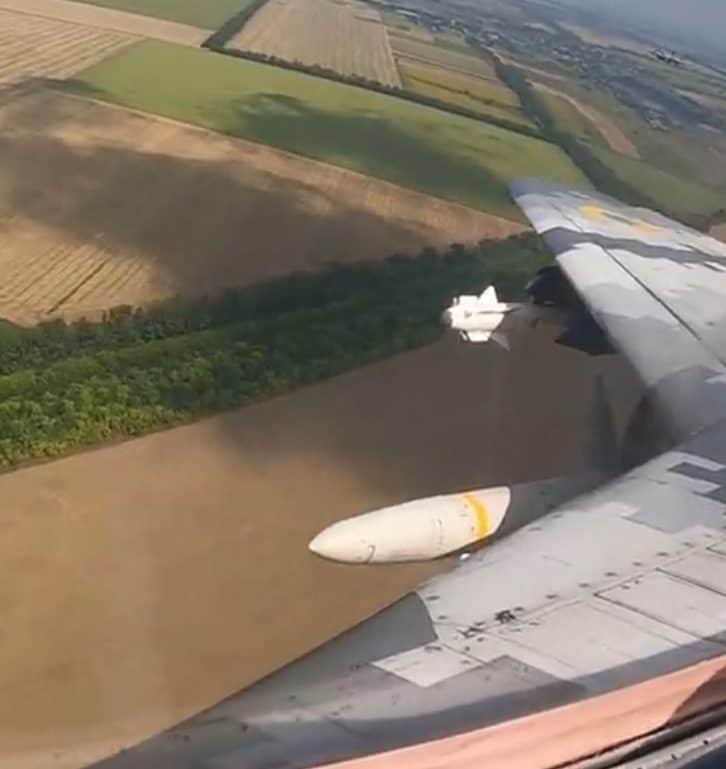
As we explained earlier, anti-radar (also called anti-radiation) missiles work with a passive sensor that detects and orients itself through emissions from enemy radars. In this way, the missile finds and destroys the transmitting antenna, in a type of mission called Suppression of Enemy Air Defenses (SEAD).
Without the antenna(s), the command post of an anti-aircraft battery cannot fire its missiles, paving the way for a possible second wave of attack (Destroy Enemy Air Defenses – DEAD) or for another mission on the Ukrainian side.
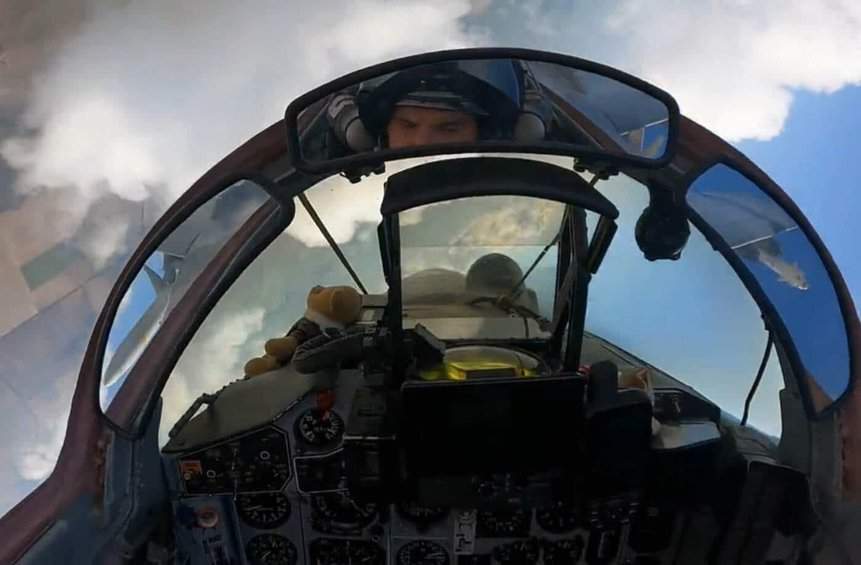
The AGM-88 was developed by Texas Instruments (now Raytheon) in the 1980s to replace the AGM-45 Shrike and AGM-78 Standard ARM missiles.
HARM has been updated over the years to stay relevant as threats modernize, and today it is operated from F-16, F/A-18 and EA-18 fighters in its newest in-service version, AGM- 88E Advanced Antiradiation Guided Missile (AARGM).
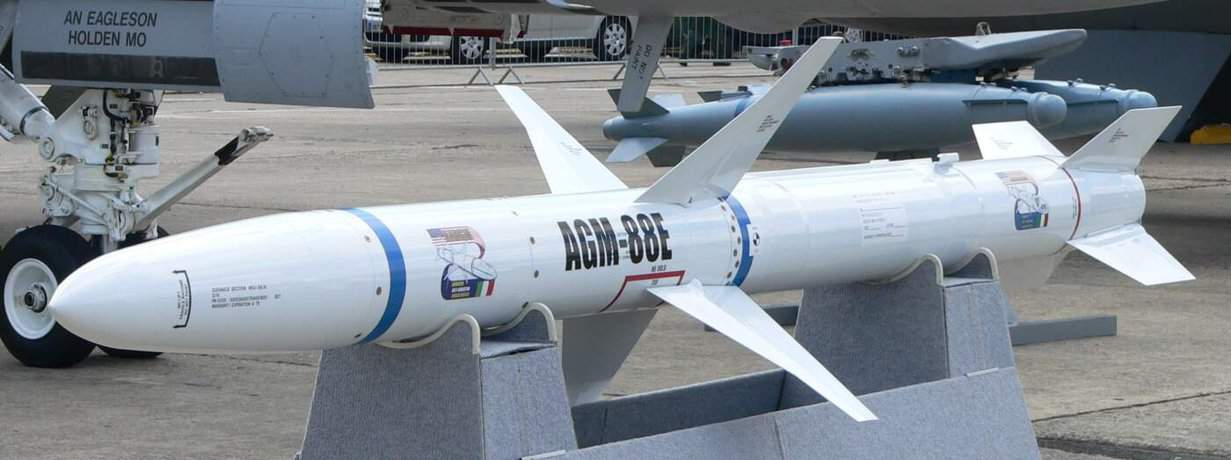
US aircraft have multifunctional displays where the pilot selects the missile and engagement parameters. However, the Ukrainian MiG-29s, although updated to some degree, feature a completely analogue panel. In addition, the missile needs an interface to "talk" with the launch aircraft's systems.
However, the video shows that a tablet and a Garmin GPS were installed in the cockpit, in front of and next to the HUD, respectively. The presence of the tablet can confirm a theory raised by the portal The Aviationist.
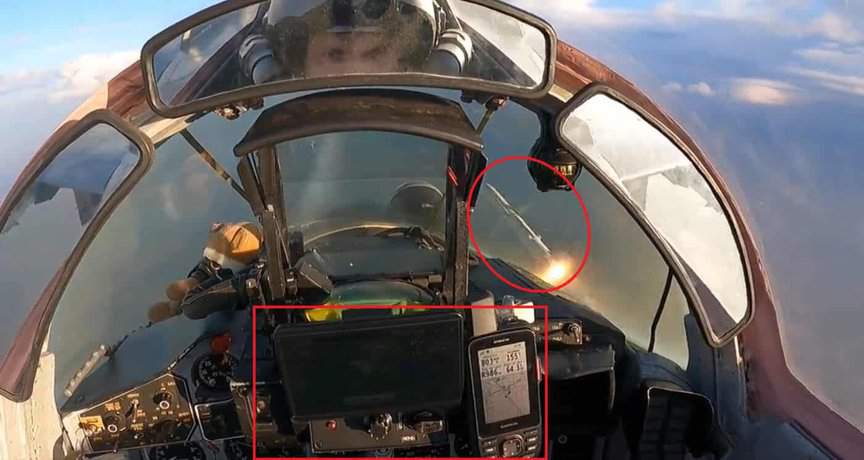
Second website analysts, a tablet connected to the AGM-88 could be used for target selection, with the missile operating in sensor mode. In this type of operation, the AGM-88 sensor receives and shows the pilot the radar signals that are being picked up at the moment.
“Another mode could be the Pre-Briefed mode, but it doesn't seem very practical in a rapidly evolving battlefield, as the enemy radar position is programmed into the ground and can no longer be changed by the pilot when the aircraft takes off.”
Despite assumptions, it is still not at all clear how US missiles were integrated and are being used from Russian-made planes.
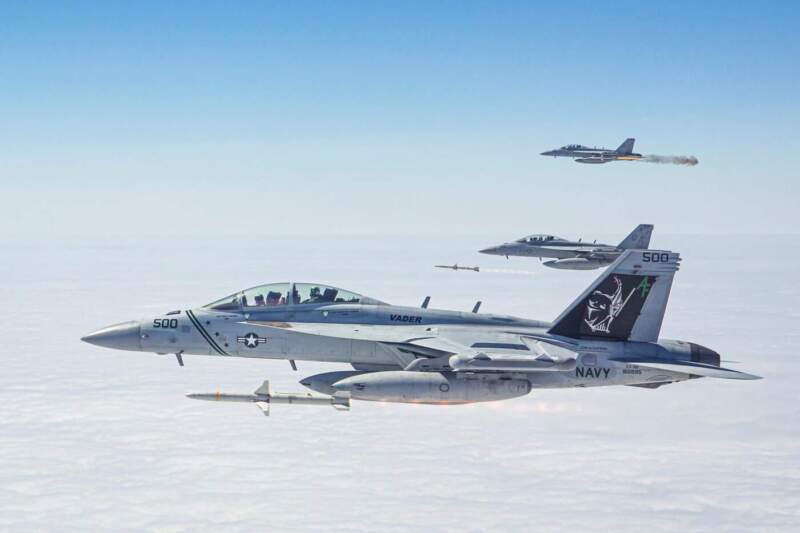
In addition, the use of HARM on originally compatible platforms also involves the use of additional sensors, such as the HTS (HARM Targeting System) in the case of the F-16, and the ELS (Emitter Location System) for the Panavia Tornado ECR.
Still, regardless of the impediments, it's surprising how the Ukrainians and Americans worked so quickly to integrate the whole set, even more so in a wartime situation.
Do you want to receive our news firsthand? Click Here and be part of our Group on Whatsapp or Telegram.

